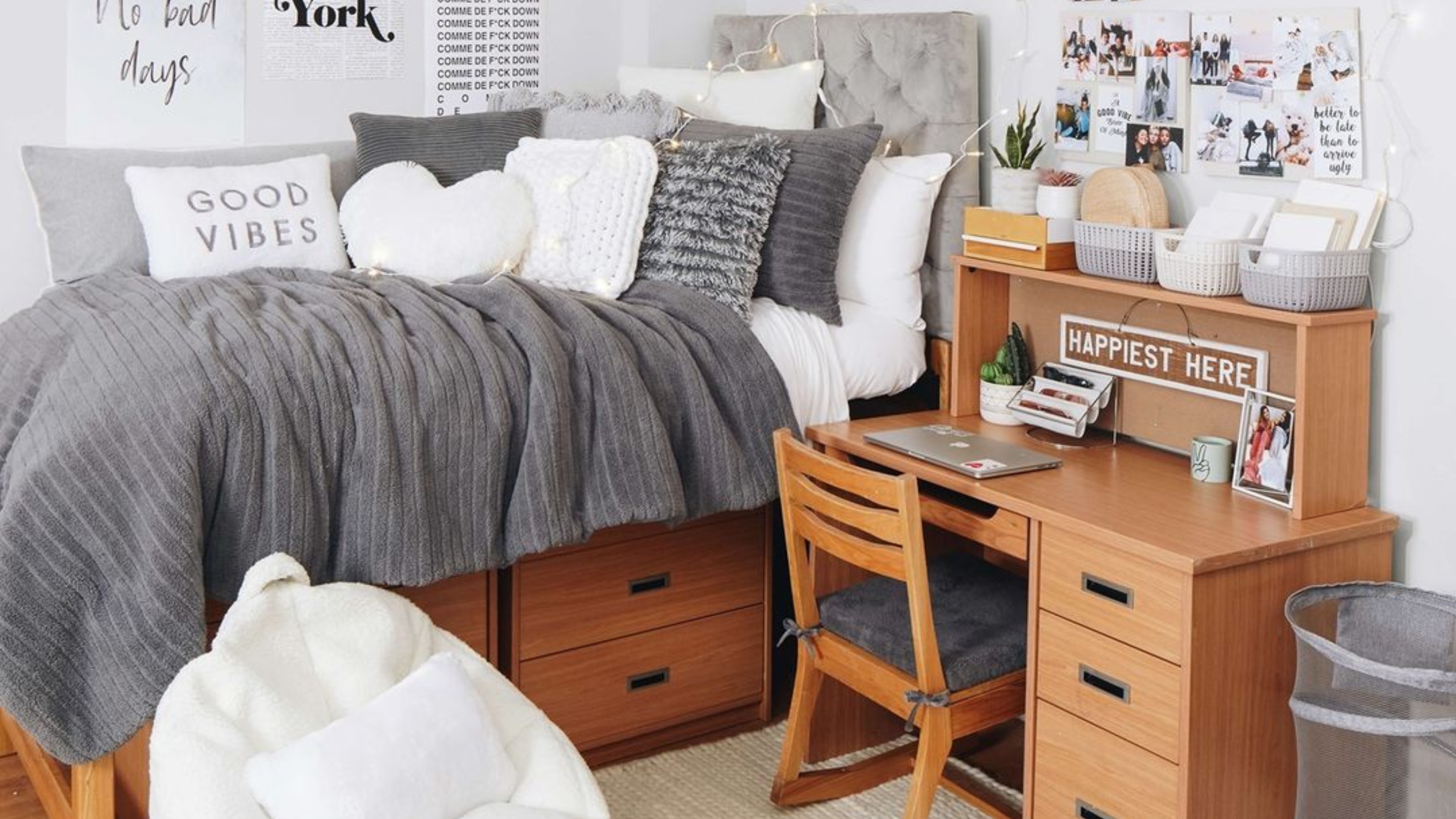
Moving out for college can be so much fun as you're starting a new chapter of your life with so much independence. Although it’s exciting, you won't have your parents nearby to help out with grocery bills or laundry. Cash App anyone?
Not to mention, some college freshmen don't have a single idea of how financial literacy works. As a result, you may have a job on campus or in neighboring coffee shops and boutiques, hoping to make ends meet for all personal expenses or college supplies.
With this in mind, I had the pleasure of speaking with Personal Finance Author and Founder of Zero Based Budget Coaching, Cindy Zuniga-Sanchez. She weighs in on healthy habits and strategies that will carry into how they manage money in the future.
See how to budget properly while living on campus — it will make college life a little easier.
1) Pick a simple budget method to manage your income
What Zuniga-Sanchez is referring to is the money from a refund check or income from an internship or job. There are many budget methods, but she recommends starting with the 50/30/20 budget. With this method, students could allocate 50% of their income to their needs (housing, utilities, cell phone, groceries); 30% to their wants (entertainment, dining out); and 20% to their money goals (saving, investing).
2) Use a budget app to track your spending
A budget app can easily help you create a budget, as well as stick to it. Consider a free budget app, like Mint.
3) Participate in a 30-day spending challenge
Any new environment — like moving onto a college campus — can throw off our spending habits. For this reason, Zuniga-Sanchez recommends trying a 30-day spending challenge where you’ll be able to track everything that you spend for 30 days. At the end of each day, simply ask what you spent money on and jot down those items and amounts. This is a great way to assess how you’re spending your money, which can help keep your emotions around money and your bank account in check.
4) Automate
Automating your money is when you set up automatic transfers (or deposits) to your bank accounts. For example, you might automate $50 to your savings account every time you receive a paycheck. This is a great way to effortlessly achieve your money goals.
5) Open a high-yield savings account
Every budget should have a line item for “saving.” Even if you can only save a small amount, it’s important to start these habits as soon as possible. High-yield savings accounts offer better interest rates than traditional banks and are a great way to build your savings.
6) Create a plan for refund checks
If you receive a refund check (i.e., excess money deposited to the student after tuition and fees have been paid), create a plan for that money. If you let that money sit in a checking account, you will spend it (been there, done that). Instead, create a percentage-based plan for how you will spend that money. For example, if you receive a refund check for $2,000, you might put 50% of that toward a new laptop, 30% to other school supplies, and 20% to your savings account.
7) Use one credit card for one type of expense
College is often when students are introduced to credit cards. One of the best ways to track what you are spending on a credit card is to put one type of expense on that card — e.g., monthly subscriptions or coffee. This will help you become comfortable with credit card use.
8) Pay off your cards in full and on time
Avoid the temptation of accumulating a credit card balance by paying off your credit cards in full and on time every single month.
Now that you have a rundown on how to properly budget when beginning your college journey, Zuniga-Sanchez also provided some pointers on budgeting for decor, supplies, furniture, and more for your dorm.
9) Use “buy nothing” groups
If you are looking for furniture or décor for your new dorm, check out your local “Buy Nothing” group. These groups offer people the opportunity to donate items they are no longer using for others to use and upcycle. They promote sustainability and are a great way to lower consumption.
10) Visit thrift shops
Stores like Goodwill often carry perfectly usable furniture and home items such as desks, chairs, and lamps.
11) Check dorm bins at the end of the semester
At the end of the semester, students will often toss items in perfectly usable condition to avoid lugging them back home. These items can include everything from furniture, electronics, and room décor, to school supplies.
12) Ask student clubs and groups
Student clubs and groups may have books and other school supplies that their outgoing members have donated.
13) Use cash-back websites
When purchasing items, use cash-back websites like Rakuten. Cash-back websites give users a percentage of the money spent at a variety of stores when the purchase is made through the cash-back website’s link. For example, if your favorite home goods store is offering 5% cash back and you spend $200 on a new bedding set, you will receive $10 as cash back.
14) DIY
Your college dorm room is the perfect place to showcase your creativity. With just a few dollars at the craft store, you can recreate some of your favorite art pieces while saving money.







